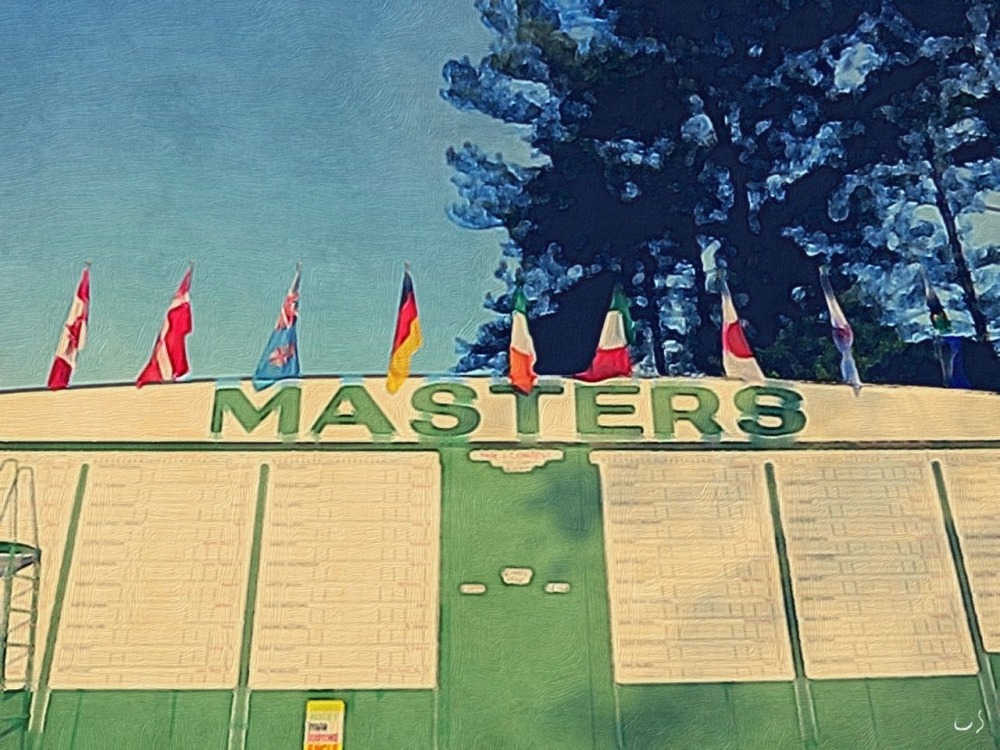Shark Talks Weakness Of Today's Players Inside 150, Why The Masters Can Make Players Use Anything They'd Like
/We forget that when Greg Norman is not hawking golf carts and posting shirtless Instagram images, he can be a keen observer of the game.
In an interview with an unbylined Gant News writer filing for the CNN affiliate, Norman touches on Patrick Reed knowing so little about his clubs, LPGA players being more accurate with their drivers and many other topics.
But the two getting my attention involved what he sees as a big change in the prowess of today's players with a wedge approach (inside, gulp, 150 yards).
“If you look at today’s top players, their distance control inside 150 yards with a wedge is quite amazingly poor,” he said.
“These guys are 20ft short, 30ft left, 20ft long, their distance control is not consistent. It could just be the way they play — when it works, it works and when it doesn’t, it doesn’t.
“In our era, every time you’d put a pitching wedge in your hand, if you didn’t think you’d get the ball inside 10ft every time, or seven out of 10 times, you weren’t having any control over your golf game.”
I do see this in watching many of today's players compared to Norman's era and wonder what the exact cause is that makes Phil Mickelson and Zach Johnson such standouts in this distance.
On the topic of distance, Norman agrees with others that this is about sustainability and Augusta National could be the solution.
“I remember the eighth hole at Augusta was nearly impossible to reach in two and now these guys are hitting irons in there,” said Norman who finished second three times at The Masters, perhaps most notably in 1996 when he blew a six-shot lead and Nick Faldo took the green jacket.
“Augusta can’t lengthen itself anymore but the tech is going to allow these players to keep hitting it longer year after year.
“If they sent out an invitation to the players and said ‘you’re going to use a gutter percha ball and a hickory shafted golf club, go get them worked out, practice before you get there, the best player will still win that week.
“The best players have that ability to make that adjustment no matter what they’re using.”





















